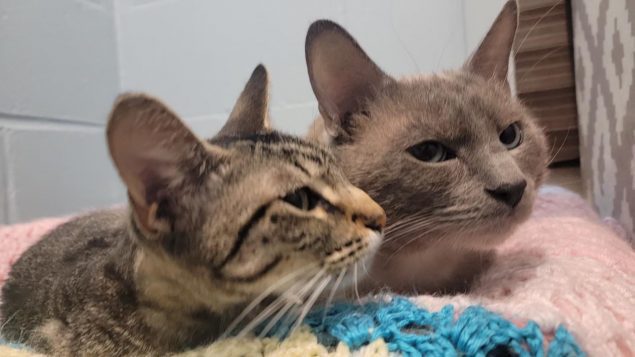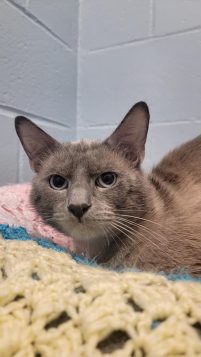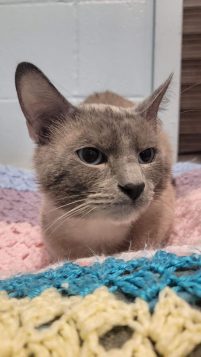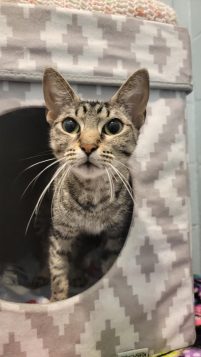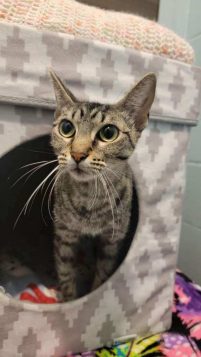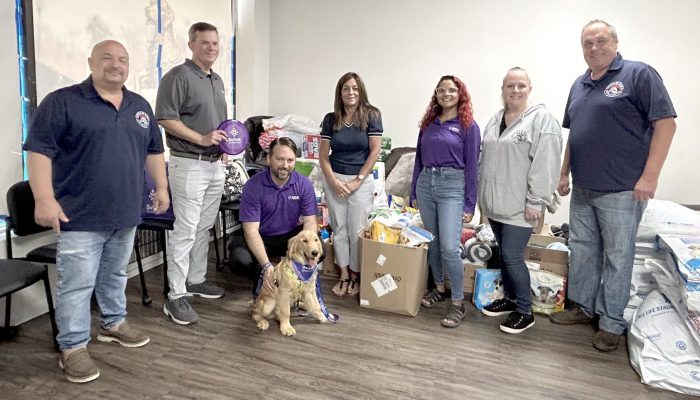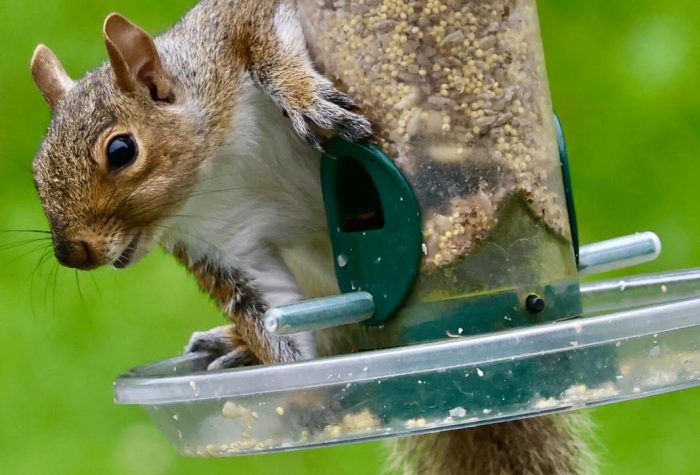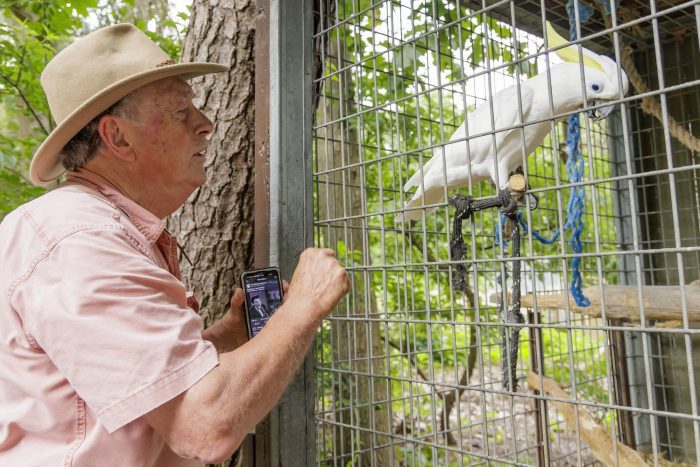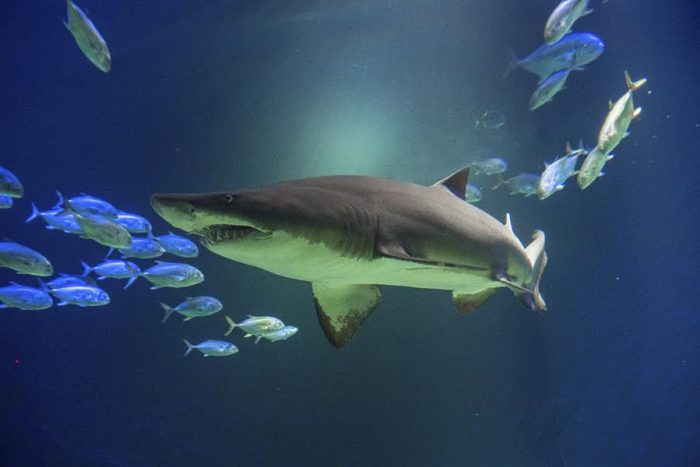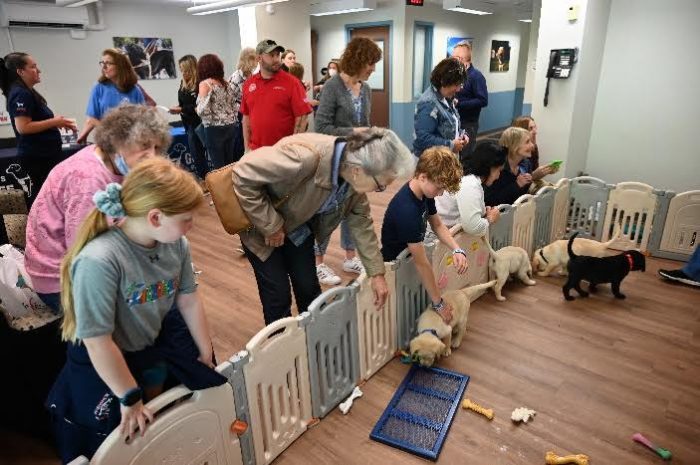MEET MICHI AND CHIKI
This week’s shelter pets are the sweet duo Michi and Chiki who came to the Smithtown Animal Shelter from a home that sadly did not properly care for them. They were both badly neglected, covered in fleas and suffering from hair loss. The team at the shelter has been working overtime to show these cuties what love and proper care looks like. Despite all they have endured, this bonded pair are absolutely adorable together. The shelter team is determined to write a new happy ever after for Michi and Chiki.
Michi is a domestic short-haired six year old fella with a striking chocolate seal point coat. His unique look is truly captivating and gorgeous. Majestic Michi might seem shy at first. Chiki will encourage Michi, letting him know that it is okay to show his irresistible personality. Once he’s comfortable, you will learn that Michi, along with his housemate Chiki, are purring, cuddle monsters who will make wonderful additions to one lucky family’s heart and home.
Chiki is a one-year-old female tabby whose warm and loving nature is evident to anyone fortunate enough to make her acquaintance. This little lady appreciates being in the company of humans and is incredibly affectionate, nurturing, and loyal. The snuggle is real with Chiki! She is a great comfort to Michi, assuring that he always feels secure. These two have been through heartbreaking circumstances together, and deserve a lucky family they can love unconditionally.
Both are healthy and will likely do well in most homes including those with older children and pets.
If you are interested in meeting Michi and Chiki, please fill out an application to schedule time to properly interact with your prospective soul mate in a domestic setting.
All of the felines at the Shelter are current on vaccines and have received a full workup (blood work, Feline HIV & Leukemia tested, physical exam etc) by a board certified Veterinarian.
For more information regarding the rescue animals available for adoption visit:. TownofSmithtownAnimalShelter.
The Town of Smithtown Animal & Adoption Shelter is located at 410 Middle Country Road, Smithtown. Visitor hours are Monday to Saturday from 10 a.m. to 3 p.m. (Sundays and Wednesday evenings by appointment only). For more information, call 631-360-7575.

